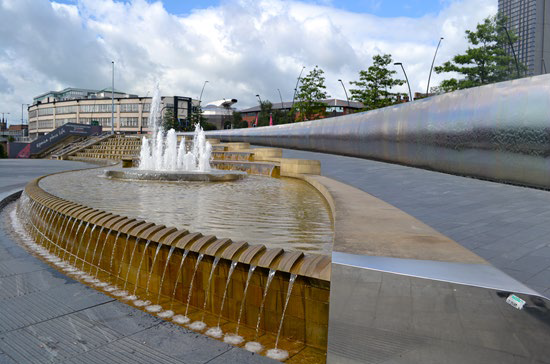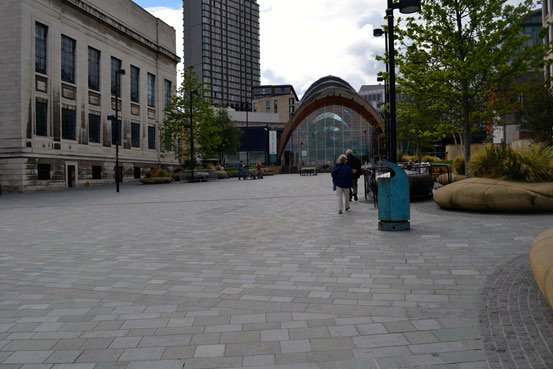node [nohd]
(Oxford dictionary definition)
noun
a point in a network or diagram at which lines or pathways intersect or branch
A recent work related visit to Southampton had me pondering the relevance and importance of nodes in Landscape Architecture. The sites in which the visit was related to had a visual link to one another and are part of a key route through Southampton, however historically and culturally the sites are very different to each other.
Our brief consisted of connecting these spaces, engaging the public and reflecting Southampton’s history, diversity and culture through the designs. The sites were split between three terra firma staff including myself and soon after the briefing I realised i’d chosen a key site. I had been given the central site; the one that was visible from the other two and the one that would need to effectively link the other two sites…
This initially stumped me as it felt difficult to design around this key feature in Southampton’s cityscape. The other sites had designs with different key features that made them destinations, places that people would converge on and with feature they could interact with.
How could my site reflect the key points of the brief whilst also linking the sites and their narratives? And then it came to me… a node – a point in the network. Rather than being a destination like the other two sites could this site be a node? A point in the network which branches to the other two, or a point at which the pathways from the other two sites intersect.

Whilst pondering this i recalled my dissertation from university. I had written my dissertation on ‘The Gold Route’ in Sheffield. This is a key route through Sheffield City centre starting at the train station, running past Sheffield Halam University, through the Winter Gardens and finishing at Devonshire Green. This route has multiple node and destination points and makes up and links a large part of Sheffield’s public realm. The node points, made up of small individual pieces of public realm within the route, guide visitors through to the heart of the city whilst also providing destination points. This is achieved through visual keys, material and design choices and destination points linking to key areas of the city.
Node points in Landscape Architecture:
• Provide key points in a network of spaces that can branch or intersect
• Can direct the public through materials or visual keys
• Link key destinations together as part of a network or thread
• Provide places people can meet and interact within the network
Features such as trees, street furniture, directional materials, lighting and signage can all be used in various ways at these points to direct public, interact with the public or provide visual keys between nodes. Whether designing node points themselves or designing spaces within the public realm that could be linked by node points, it is worth considering how these points will integrate into the town or city and how they will work or connect with existing spaces.
Will they be links to larger more important spaces? Could they be designed to direct the public in particular directions by means of aesthetics, key features or visual keys? Or are they just nodes… points in the network.
Node or not to node? I vote to node.

Photo © Davon Bree